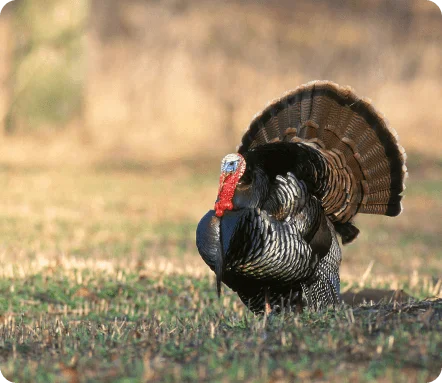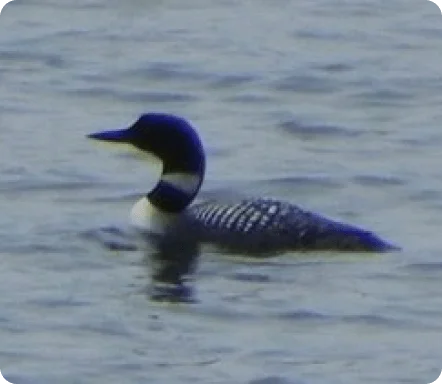Grebes
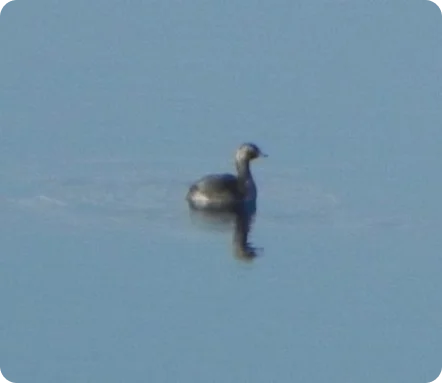
Grebes are among the most attractive and most fun to watch ducks. From the elegant Western Grebes to the ghostly Horned Grebes to the comical Pie Billed Grebes, these ducks are always entertaining.
The Western Grebe, Aechmophorus occidentalis, has been one of my very favorite ducks for many years. They are large ducks, immediately recognizable by their long thin white neck and small head. They are regular, though diminishing in numbers, visitors to my waterfront. In recent days there have been about a dozen coasting back and forth. When I first moved here I would seen huge flocks of them. I see them mostly in the Fall, Sept and most of October. I have seen them as early as August 13. I once saw a big group in February, 1992. I reported diminishing numbers beginning in 1999. One of my top duck experiences occurred October 16, 1991. I was kyaking out in the middle of the bay at sunset to enjoy the red colors reflected in the water. I saw a huge group of over 50 Western Grebes approaching. I stopped and remained very still as the whole group drifted by on all sides of me. They make funny little noises which are usually hard to hear clearly. It was a great thrill to see them up close and personal.
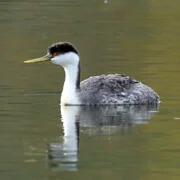
Western Grebes are very shy and one rarely gets a close up view of them. Once years ago I was sitting quietly on my dock on Lake Washington when a Western Grebe surfaced right next to me. I saw a big grebe catch a big fish in Oct, 1992 close to my bulkhead. But usually I see these ducks through binoculars.
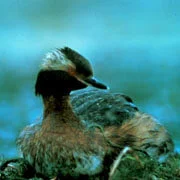
I was lucky to encounter nesting Western Grebes once while kyaking in Denton Slough on Lake Pend Orielle near Sandpoint, Idaho. They build nests on the top of the water supported by water lillies, grasses, etc. We saw about a dozen nests each tended by an adult Western Grebe.
Recently I have also regularly seen a pair of Horned Grebes, Podiceps auritus. They are slightly smaller than the Western Grebe but also have long thin necks. This Grebe is similar to the Earred Grebe. But the Earred Grebe is rare in this area so one can assume they are seeing the Horned Grebe. They are common during the winter and seldom seen in summer. Grebes seldom fly but are great swimmers and the Horned Grebe kind of leaps up before diving.
The third Grebe often see here is the Pied-Billed Grebe, Podilymbus podiceps. They are smaller still and much more drab appearing. There is a distinctive band on their bill. These Grebes prefer fresh water and can be seen year round on lakes and ponds in Puget Sound. They are also fun divers to watch.
I hope whatever is threatening the Western Grebe population can be addressed. I already miss the big flocks and would really miss seeing at least some of them each Fall.

